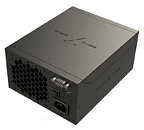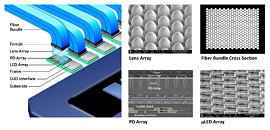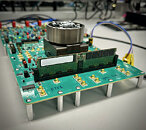THX Announces THX Spatial Audio+, New Immersive Audio Platform for Laptops, Headphones and Soundbars
THX, Ltd., a world-class high-fidelity audio and video tuning, certification, and technology company, and producer of the iconic THX Deep Note Trailers, has announced today the expansion of its THX Spatial Audio technology. Innovating for enjoyment of gaming, movies and music while listening on consumer electronics and mobile devices such as laptops, headphones, earbuds and soundbars, THX today announced a feature-rich new immersive audio architecture, THX Spatial Audio+.
To ensure that gamers and audio- and videophiles alike can enjoy the pinpoint audio accuracy and true-to-life realism of immersive entertainment like never before comes THX Spatial Audio+. THX Spatial Audio+ improves the core spatial experience with an enhanced and flexible architecture designed to support continued innovation, including such unique features as adding height channels to the immersion and camera-based AI head tracking, depending upon the demands of the device.
To ensure that gamers and audio- and videophiles alike can enjoy the pinpoint audio accuracy and true-to-life realism of immersive entertainment like never before comes THX Spatial Audio+. THX Spatial Audio+ improves the core spatial experience with an enhanced and flexible architecture designed to support continued innovation, including such unique features as adding height channels to the immersion and camera-based AI head tracking, depending upon the demands of the device.



















































